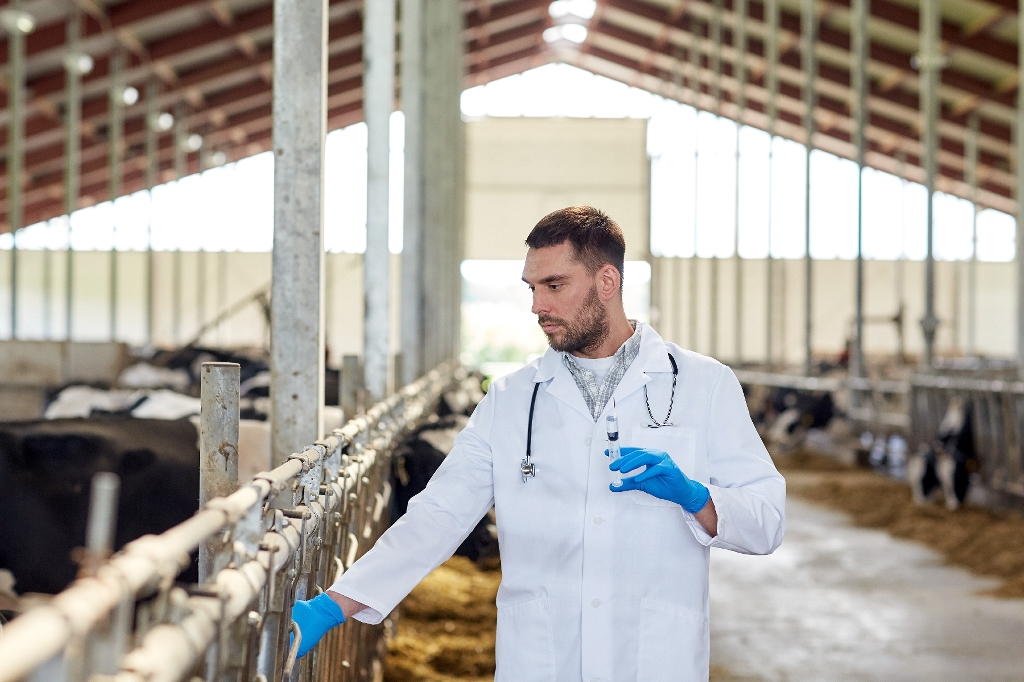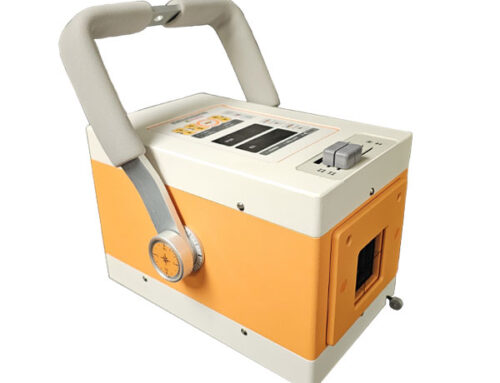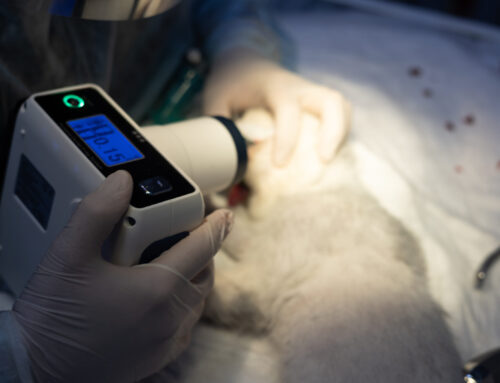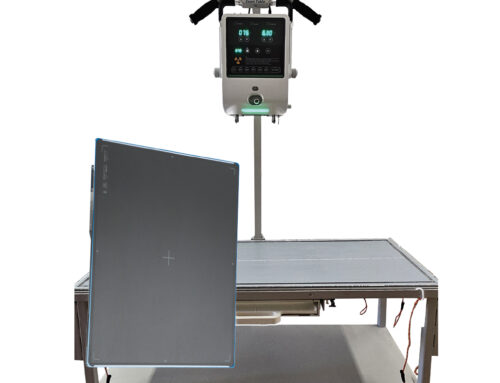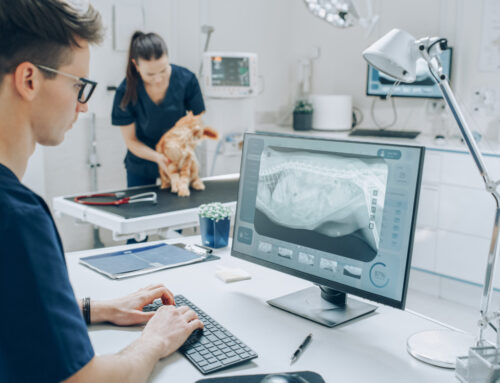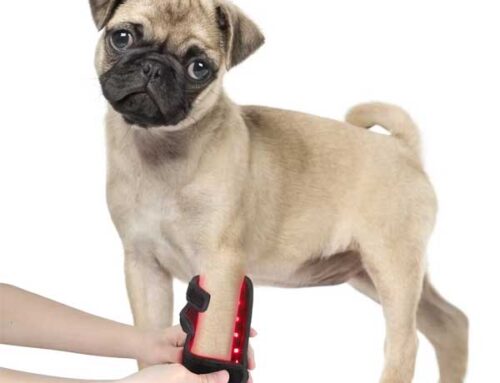Even with the decline in family farms in the United States, there is a shortage of rural (large animal) veterinary practices. An understanding of rural lifestyle, mentorship and communication play key roles in rural veterinary practice sustainability. Since many large animals are also food animals, veterinarians who treat them have a responsibility to make them safe for consumption.
Read on to discover if you’ve got what it takes to become one of the special ones…
Knowledge of Diseases
Large animal vets should be familiar with diseases commonly affecting farm animals. In an April 2009 Milwaukee-Wisconsin Journal Sentinel article titled “Country Faces Shortage of Large-Animal Veterinarians,” writer Joe Taschler mentions worries over large animal vet shortages and specifically the ability to spot diseases in the country’s food supply. A rural animal vet (RV) needs to be able to recognize both issues that occur naturally and issues that could be a result of bio-terrorism or agro-terrorism.
Body Power
You don’t have to pump iron, but an RV may need to get a half-ton horse on its feet or assist in a bovine birth. Don’t worry if you’re physique falls short and, certainly, women should not be discouraged. Farm owners often lend a hand when a hand is requested. Aim for fitness and staying power.
Adaptability
Like the U.S. mail carrier, ” Neither snow nor rain nor heat nor gloom of night stays these couriers from the swift completion of their appointed rounds.” Rural veterinarians must be able to adapt to changing weather conditions and strange hours. While some work is preventative, such as vaccinations, emergencies don’t occur on a set schedule. Unlike their small companion animal or urban vet counterparts, RVs usually go to where the animals live and not the other way around.
Tech Savvy
RVs needs to understand how to use X-ray/ultrasound equipment, and read lab test results in order to identify and diagnose animal illnesses before deciding on the best course of treatment. In addition to understanding the technology and what results mean for the animal, a vet who specializes in farm animals needs to know the best way to get an X-ray on a given body part of a large animal that may or may not want to cooperate.
And if the thought of vaccinating a couple of hundred angry bulls is not enough…
Rural Vet Services Get Boost with $2.3M in Grants*
The grants, handed out by the U.S. Department of Agriculture’s National Institute of Food and Agriculture, are the first to be awarded under a new veterinary services grant program.
The U.S. Department of Agriculture’s (USDA) National Institute of Food and Agriculture (NIFA) recently awarded $2.3 million to various universities, veterinary associations and other groups in an effort to help relieve shortages of rural veterinary services. The money will be used for education, extension, training and support for new or existing veterinary practices in designated rural shortage areas.
“The new Veterinary Services Grant Program will enable training and retention initiatives to support veterinarians and veterinary technicians so they can continue to provide quality services in rural areas,” said NIFA Director Sonny Ramaswamy. “It also supports the expansion of existing veterinary educational programs and facilities, including mobile services.”
The fiscal year 2016 competitive grants are funded through the new Veterinary Services Grant Program, authorized by the 2014 Farm Bill.
*Reprinted from www.veterinarypracticenews.com

